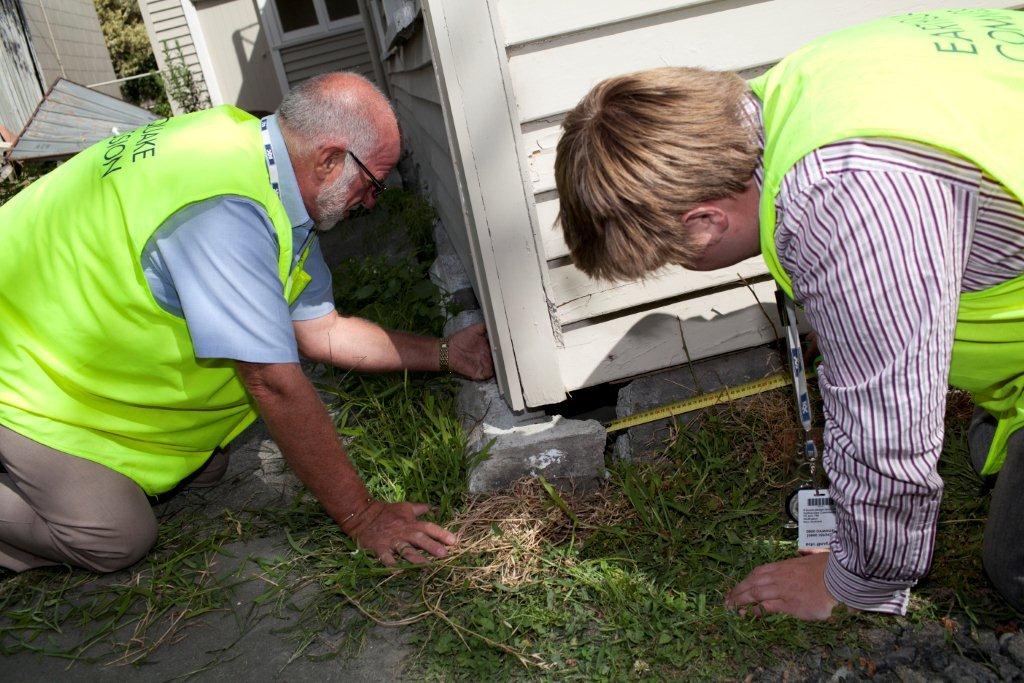Westpac predicts 14,000 jobs to go in Chch
18 Aug 2015, Industry Updates

Westpac industry economist David Norman has published a report predicting that job losses will put significant downward pressure on Canterbury’s economy after the rebuild – but it’s not all bad news, says Canterbury Development Corporation
Published last month, the Westpac report predicts that up to 14,000 construction workers could lose their jobs as the rebuild begins winding up in late 2016.
This is in line with the Ministry for Business, Innovation and Employment’s latest National Construction Pipeline report, which forecasts residential construction in the city will fall away after 2017 and that non-residential construction will drop below all other regions in 2020.
Mr Norman said that Canterbury’s contribution to total consent values has risen from an average of 13% in the 12 years prior to March 2011, to 24% in the four years following the February 2011 earthquake. With work expected to return to normal levels once the rebuild starts plateauing in the third quarter of 2016, he said a number of jobs could be at risk.
“A total of 22,000 additional workers were employed in Canterbury in the three years following the February earthquake. Data suggests around 14,000 of those were in construction, effectively doubling the size of the industry.
“As the rebuild subsides, those 14,000 jobs will become harder to maintain – theoretically, all of those jobs could have disappeared by 2022.”
While Mr Norman said it’s challenging to pinpoint exactly where the new workers came from, the vast majority appear to have come from within the region.
“Between March 2011 and March 2014, Canterbury’s unemployment rate fell from 5.5% to 3.4%, or by 6,200 in absolute terms. That means, all else held constant, that 6,200 people living in Canterbury in March 2011 without jobs, had jobs by March 2014. This accounts for 28% of all job growth in the region over that time.”
He added that even more impressive was the number of working age people who weren’t previously employed or seeking work that found jobs.
“Approximately 7,600 people who weren’t in the labour force in March 2011, had joined it by 2014, accounting for 35% of all new workers in Canterbury,” he said.
While a number of overseas migrants have been attracted to the region, he estimated that accounted for around 11% of all new jobs in Canterbury.
What does it mean for Canterbury?
“Knowing that there are likely to be 14,000 more construction workers than is needed after the rebuild, and even assuming all migrants from outside Canterbury relocate, we’re left with 9,400 workers without jobs,” he said. “A number of these may be able to move into other industries, but it’s not likely to be more than a few hundred. It will create significant downward pressure on Canterbury’s economic growth, as several thousand income earners lose their jobs.
“Construction-related businesses in particular need to start planning now for how to deal with this slowdown.”
Not all bad
The Canterbury Development Corporation’s general manager of strategy and planning, Steve Perdia, said that an economic slowdown was inevitable given that there had been unprecedented levels of growth post-earthquake.
“What’s encouraging, though, is that the underlying economy is still growing steadily. Even if there are job losses, employment opportunities exist elsewhere in manufacturing, engineering and other industries,” said Mr Perdia.
He said a number of large-scale infrastructure projects were still to come online, which would soften the blow to the construction industry as the rebuild slows down.
“Anecdotally, business owners I’ve spoken to are mostly quite positive about the future. They all seem to be doing well and a lot of new bars, restaurants and cafes are popping up, plus a lot of new people are coming into the city; it’s actually really enjoyable living and working here.”
Register to earn LBP Points Sign in



